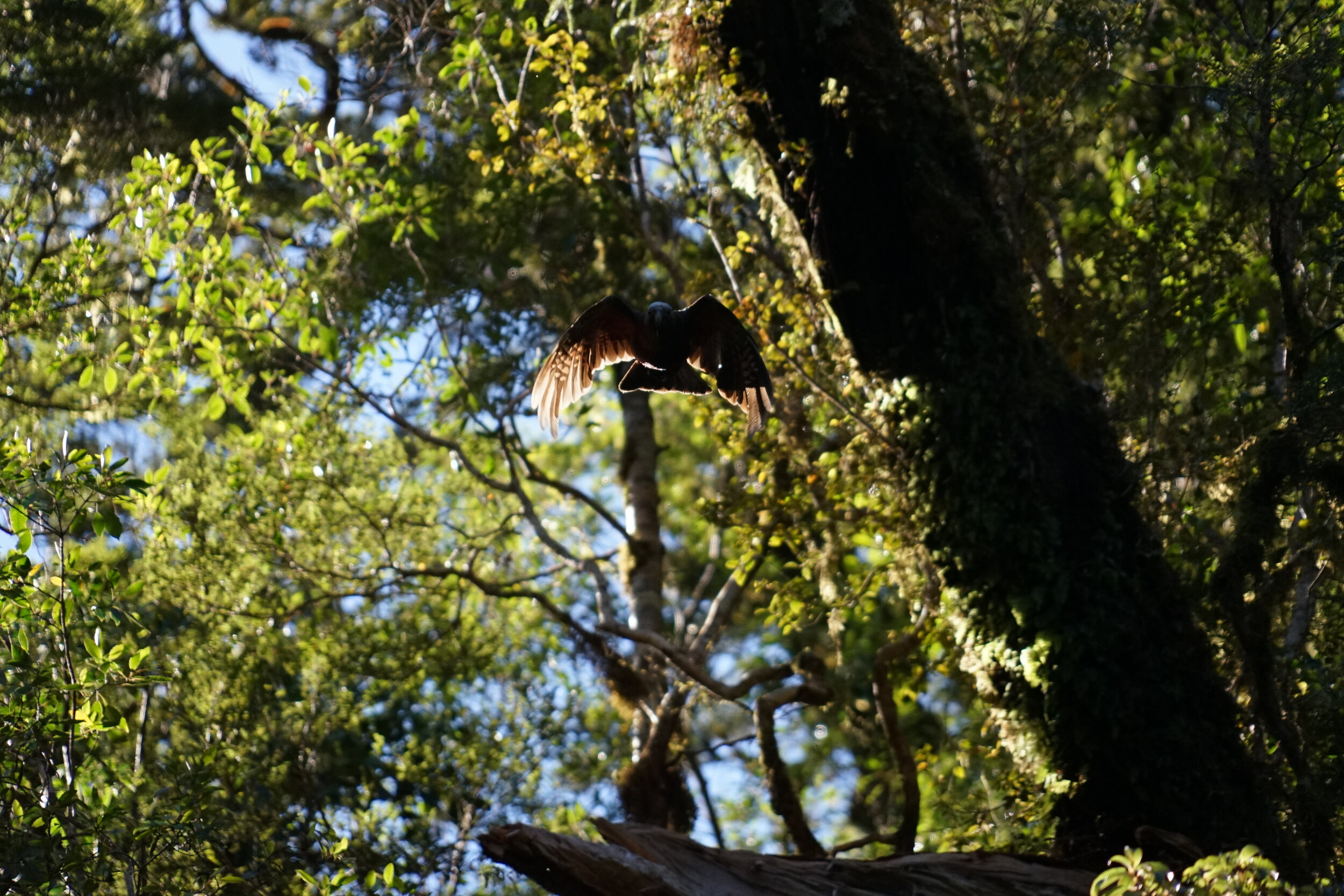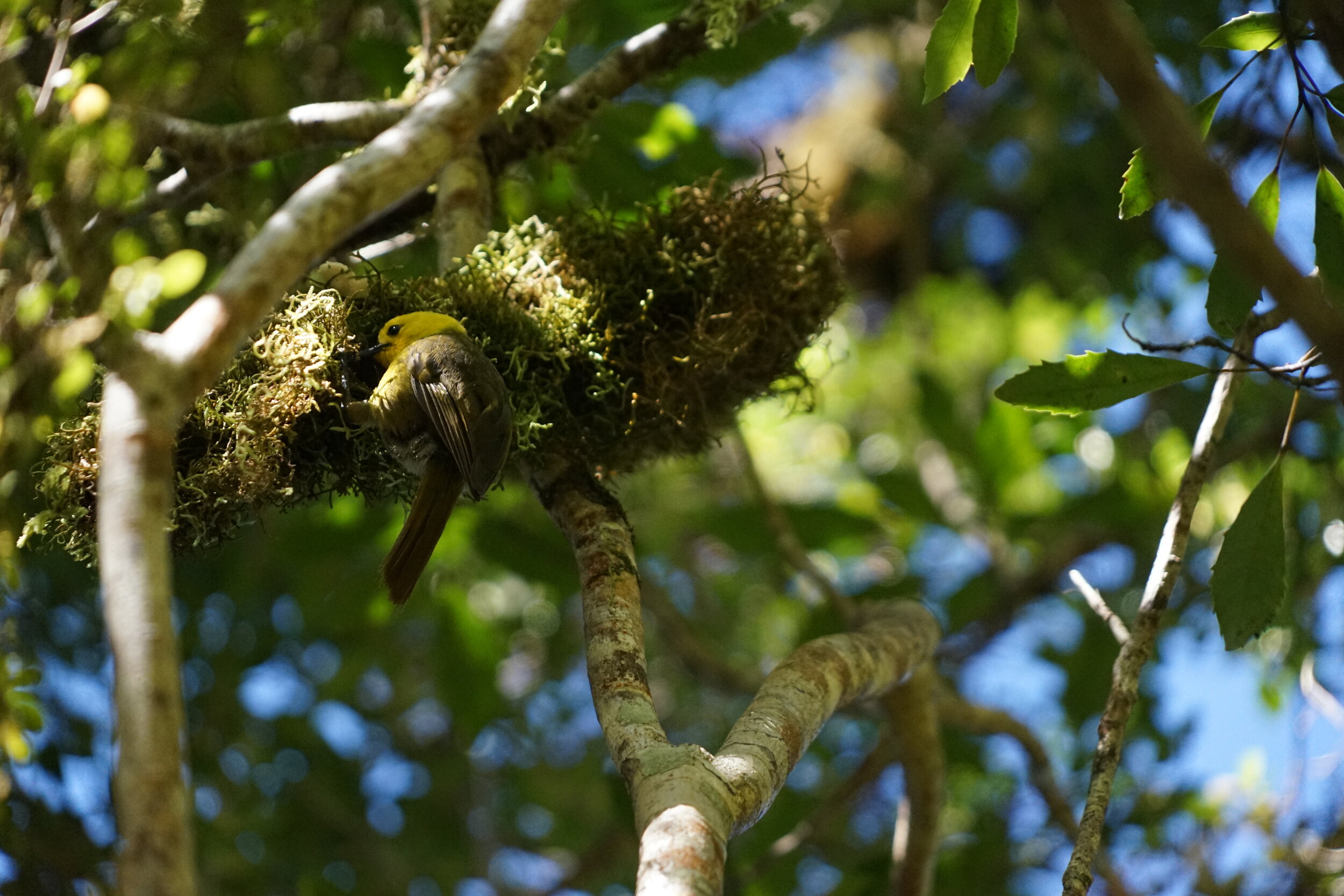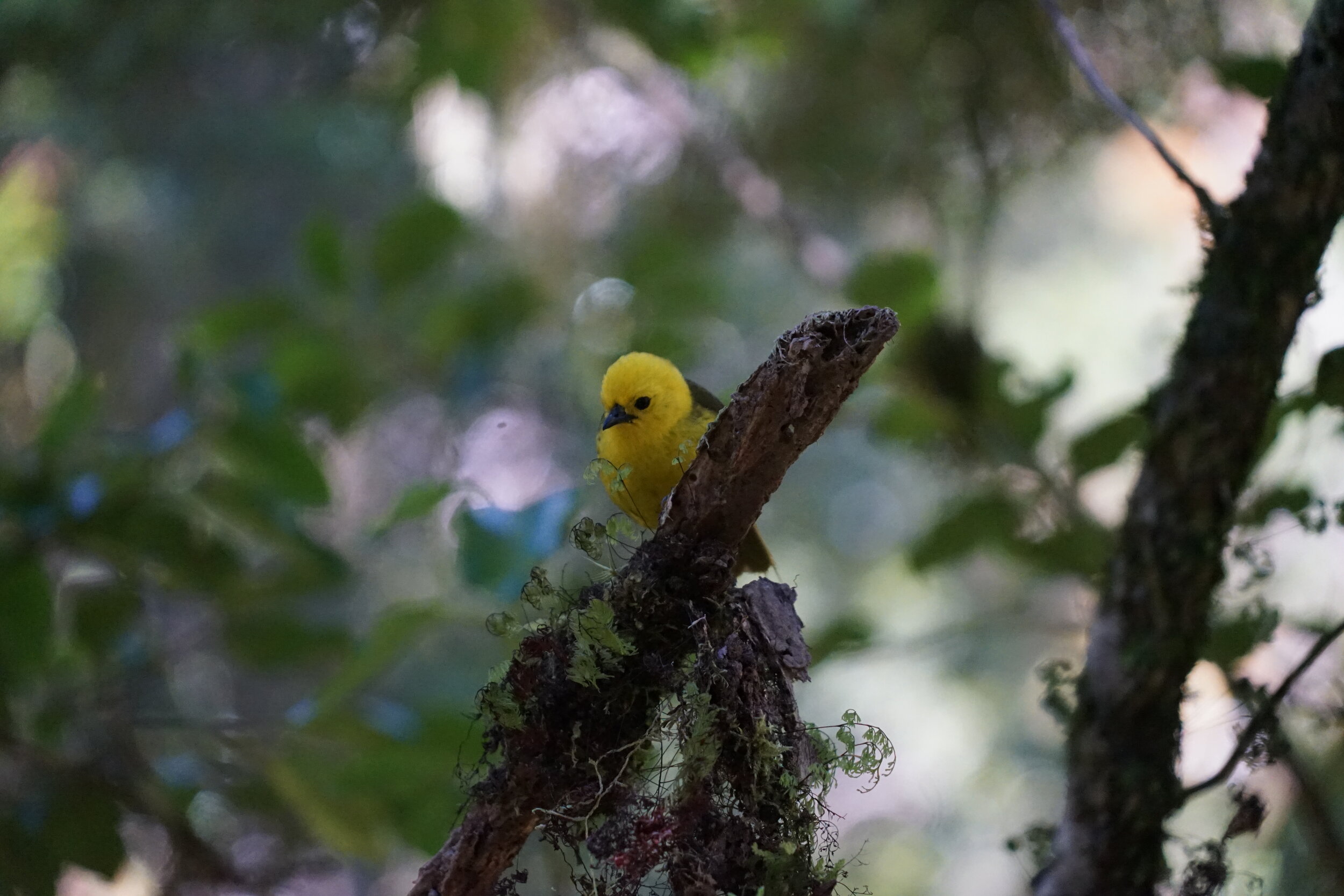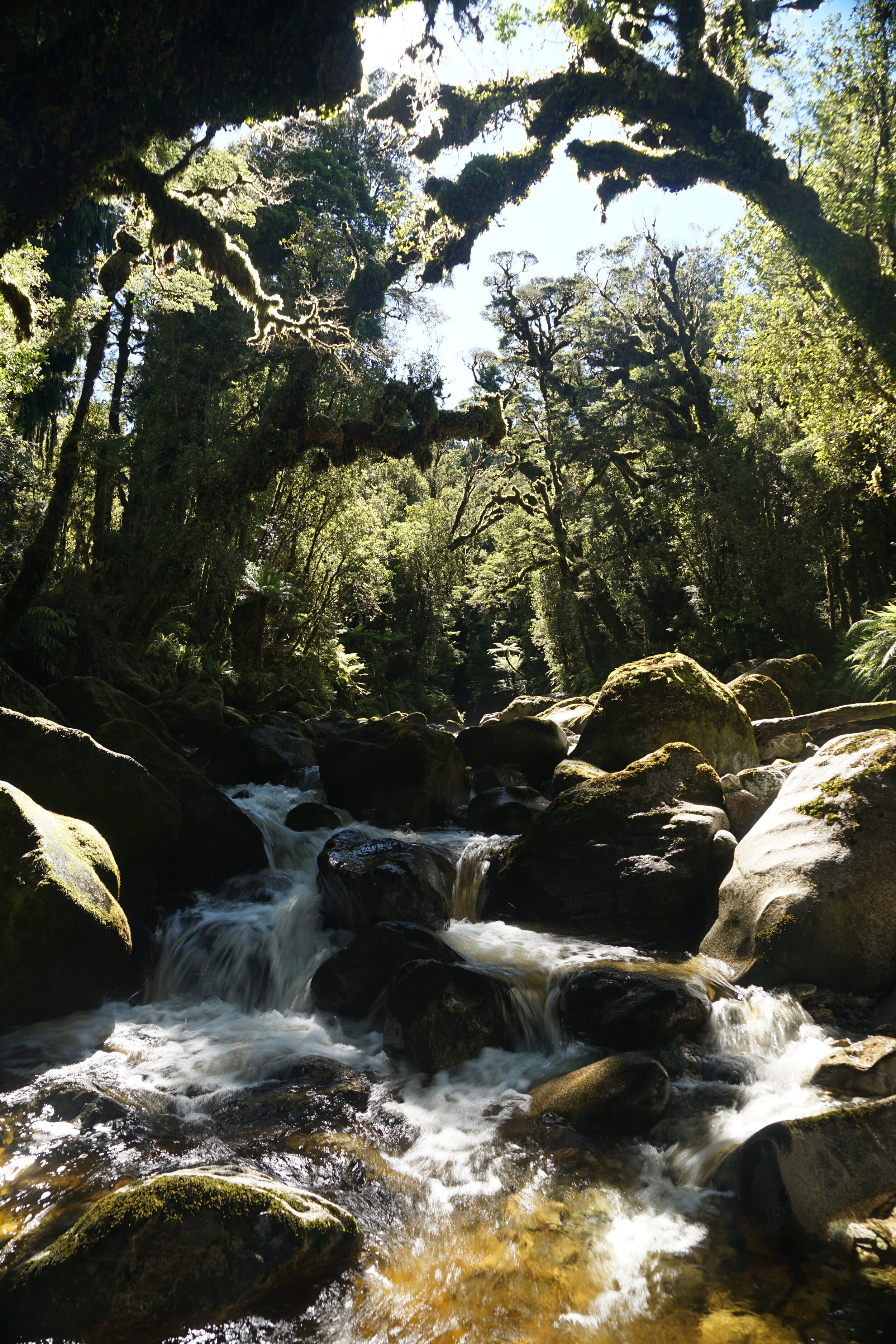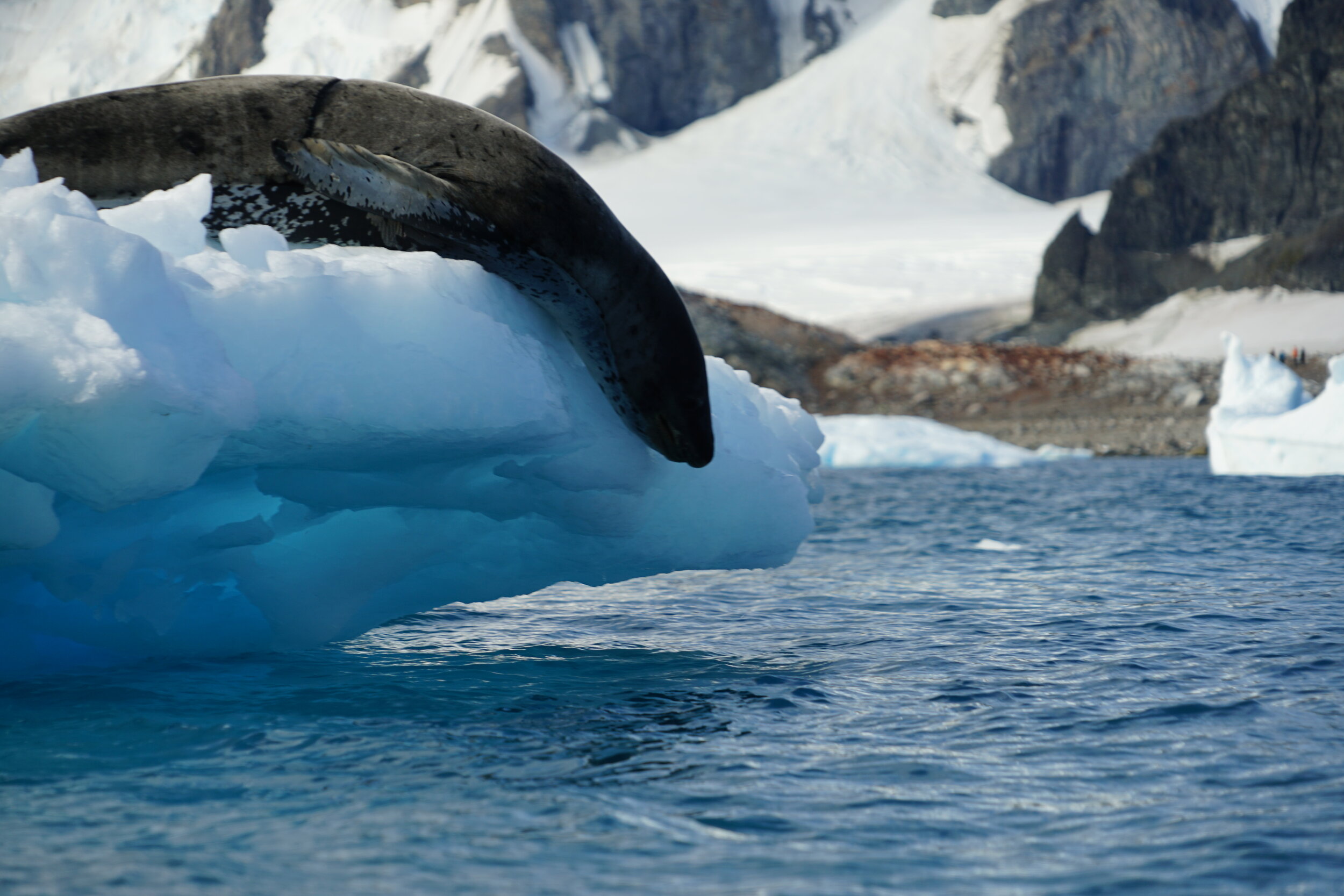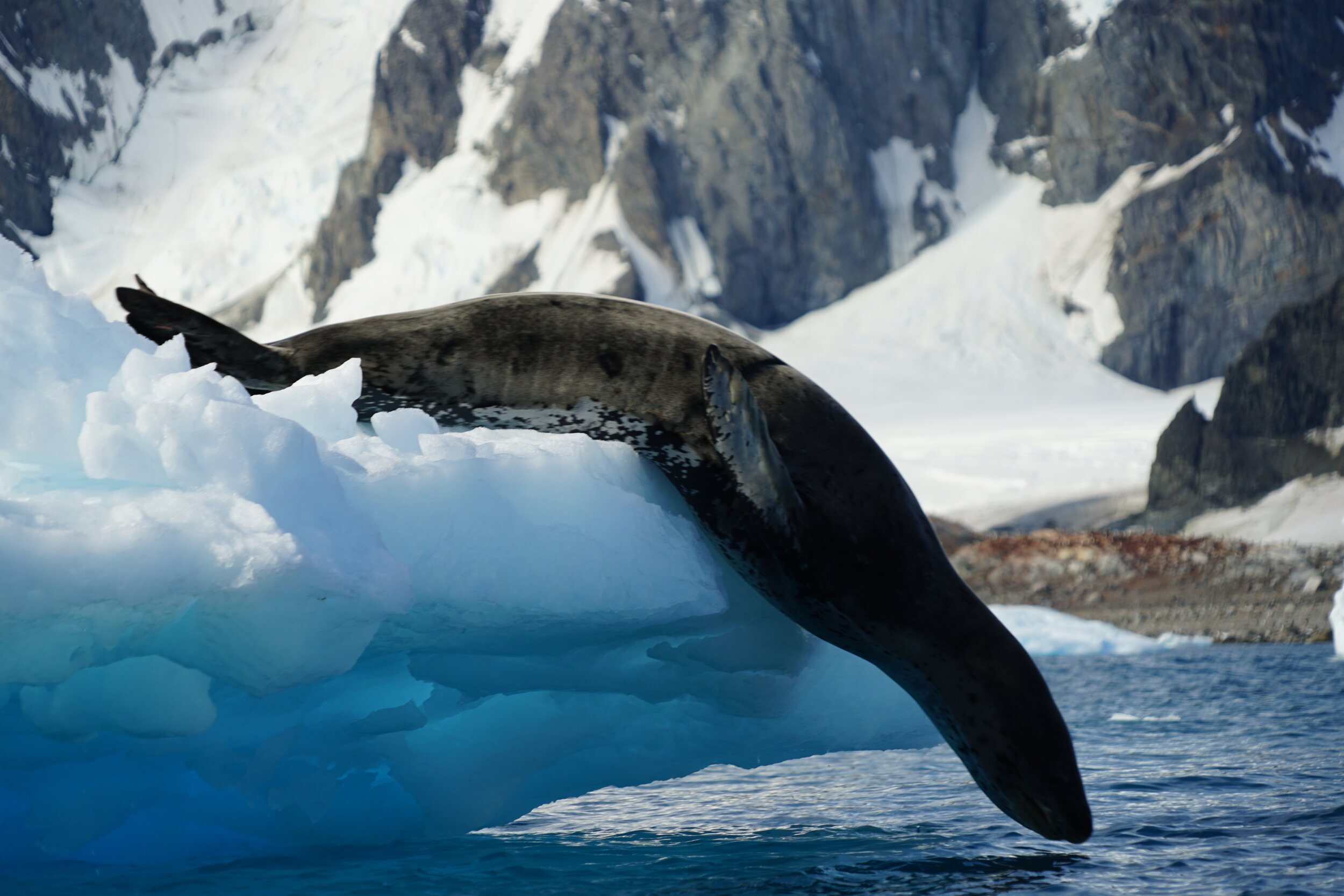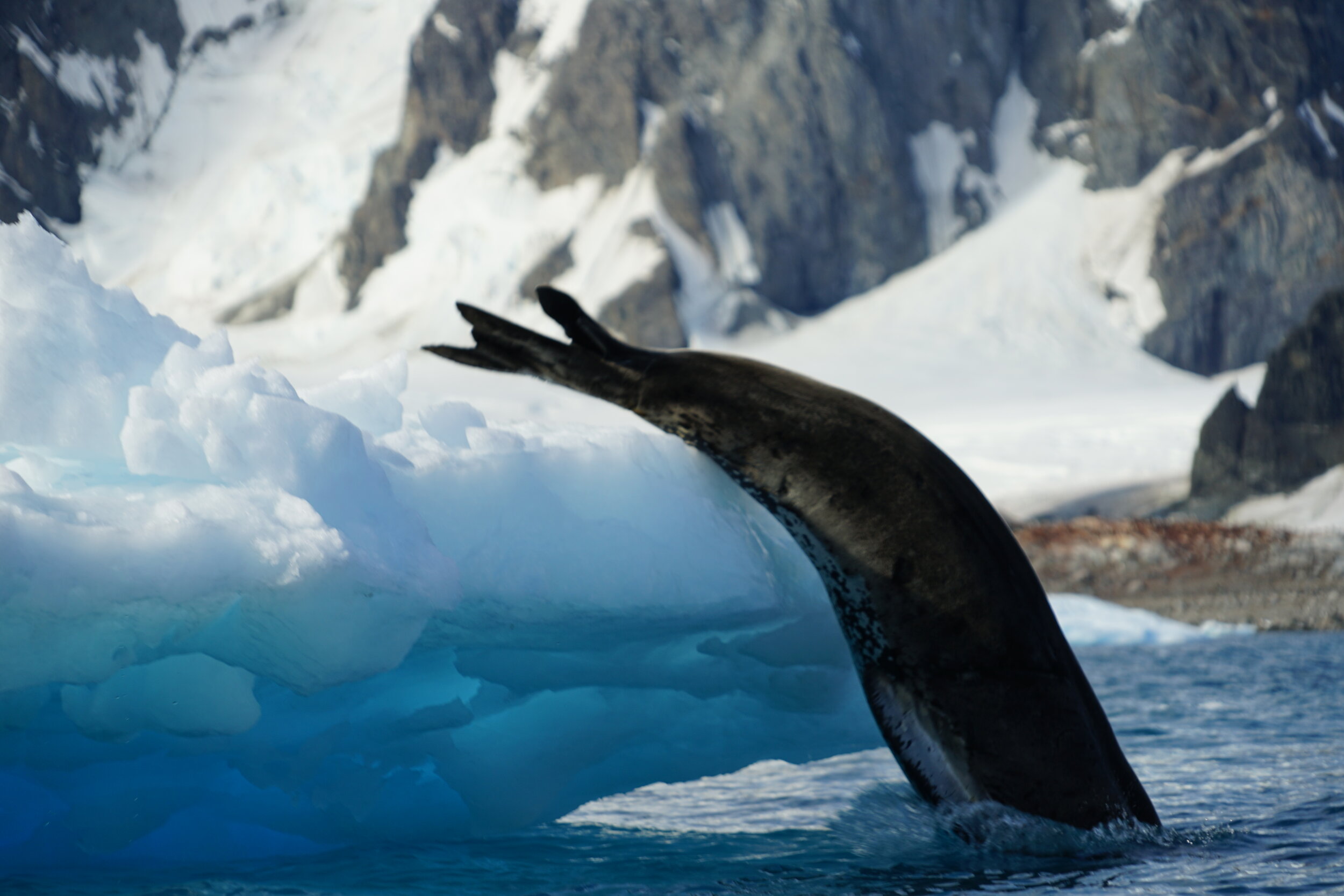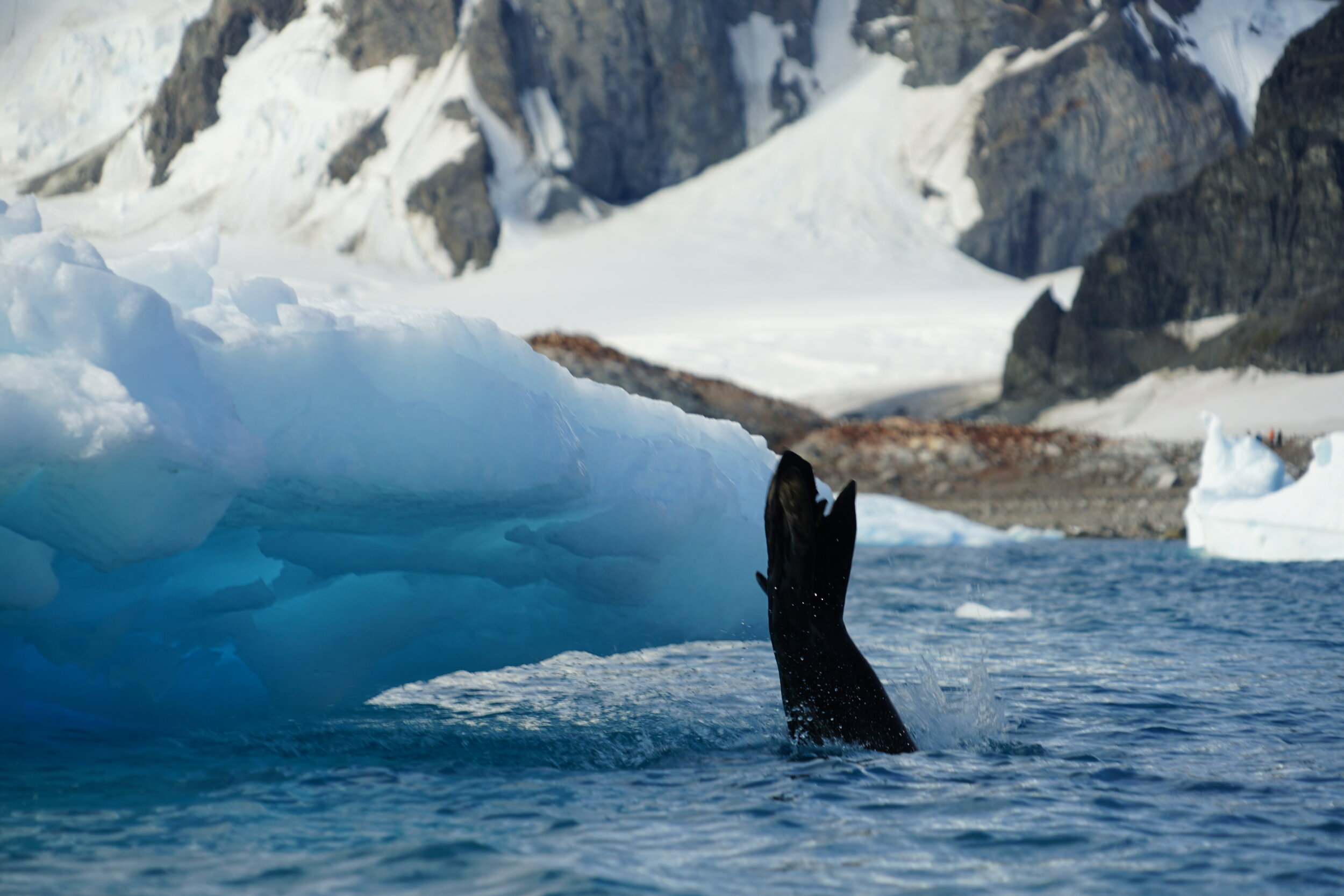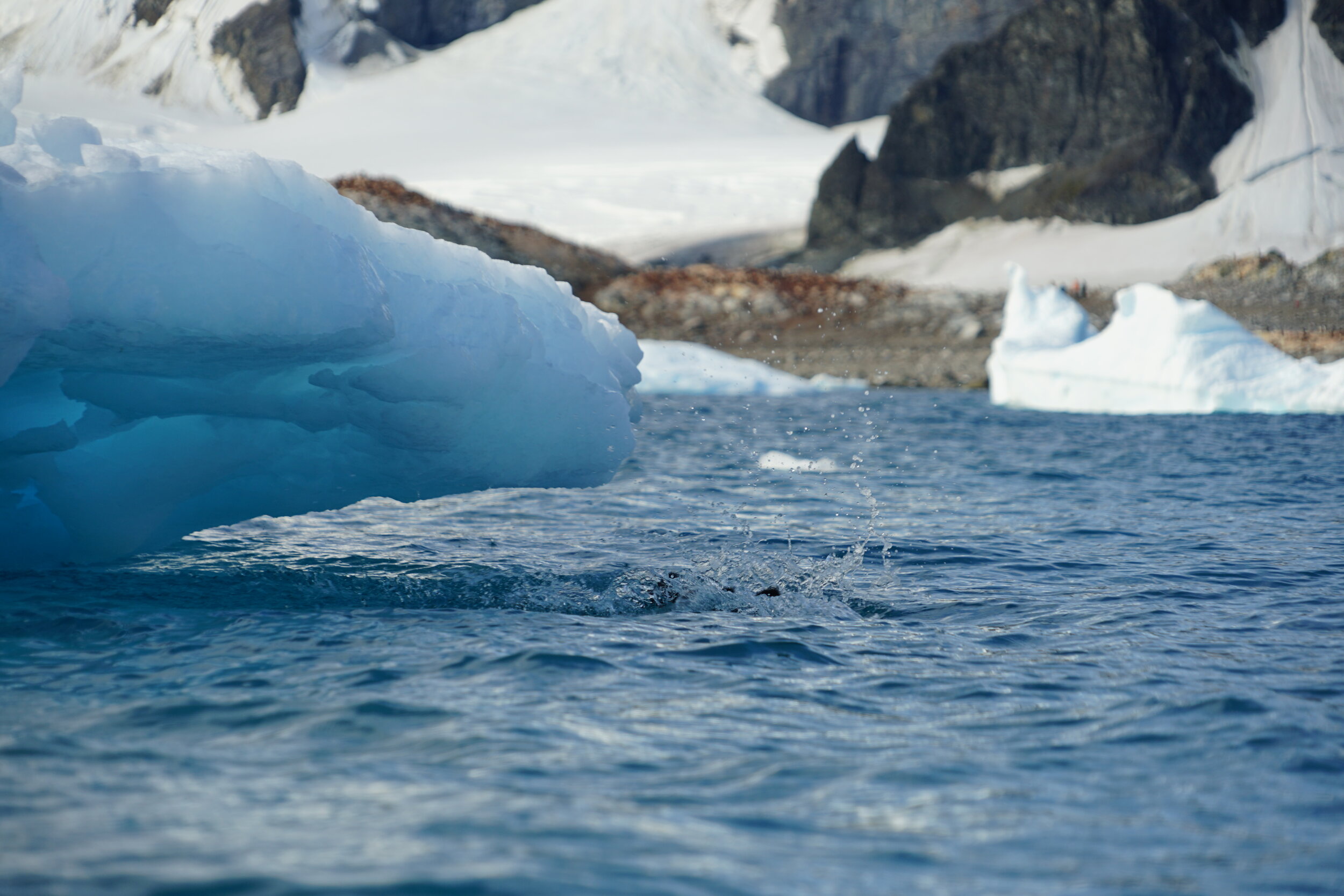A trip Millie and I had wanted to do for over a year lined up in late July 2024. The snow still hadn’t arrived on the South Island, so we looked to the West, East, and South coasts for good weather to take our sea kayak out for a paddle.
A strong NW wind was passing through on Friday and changing to a southerly on Sunday afternoon, so the South Coast was looking prime. Only 1.3 meters of SW swell remained with light winds. This trip might finally happen! See the route map and weather forecast for our coastal paddling day below. The South coast is notoriously rough and there isn’t much information about what weather forecast will allow for sea kayaking on the coast or more importantly launching at the Wairaurāhiri river mouth.
On Friday after work, we headed to the Rarakau car park to leave a car and then drove back up to Lake Hauroko to camp for the night. Saturday morning, we started paddling in the dark across Lake Hauroko and made it to Teal Bay quickly in calm conditions, leaving our intentions in the river logbook. The sun came out from behind the clouds as we started down the river, and it felt like paradise, stopping in sunny eddies and watching the sunlight filter through the trees overhanging the dark, clear water. There were several picture-perfect spots where, on another trip, we would have loved to stop, set up camp, and fish for the afternoon. Alas, we continued down to Wairaurāhiri Hut. We arrived at 2:30 p.m., so we had time to walk to the beach and scout the river bar and waves for our launch the next morning. The conditions on the coast were looking good, and some jet boaters entered the river bar as we arrived and offered to take us out to look at sets from the water. They had just been up to Big River for the day and expertly timed the waves to take us out the back. This coast is shallow for a long way, and we could see that the visibility was at least 15 meters, looking down at cod and kina on the sea floor. Some of the waves coming through were overhead and made me wish I had a surfboard, while also making me nervous about paddling a double sea kayak out through them. When we returned to the beach, we decided to look for a safer launch than the river mouth and walked east to a small reef point that was exposed at low tide. This looked like the perfect breakwater, and only the sets made it in here after breaking further out. It was good, but we would still have to punch through a couple of waves before getting out the back.
We had cellphone service on the coast, and unfortunately, I checked the Foveaux boating forecast for tomorrow. It had changed from a smiling, happy green fishing boat 7/10 to a red, sad 1/10 boat. However, after reading the swell and wind maps, I saw the conditions were still expected to be similar in the morning but deteriorate after 1 p.m. I was confident we could be off the water by then with an early start. So, as the sun set, we walked back to the hut and prepared for a dawn paddle in the morning. As is typical for coastal sea kayaking trips, my mind spent an hour before falling asleep thinking about the changing forecast and what our options would be to leave the kayak and walk out if the waves grew overnight.
We paddled down to the river mouth with the light of our head torches and listened to the waves breaking for 15 minutes before the sun gave us enough light to see the waves. We discussed the conditions: the waves were slightly bigger than last night, and there was a 10-knot offshore breeze close to shore, but I thought this would die away as conditions swung around to the SW. The waves looked manageable if we took our time paddling over the broken waves and waited for a clear horizon before sprinting out the back. We went for it, and it worked perfectly! Now 300 meters offshore, the sun rose, and conditions were ideal for coastal paddling.
We passed many cray pots along the coast and eventually passed a fishing vessel, who was surprised to see us and offered to pass a few crayfish down to us. The skipper said this was one of the best days of his career on the coast, with crystal-clear water. We stopped in at Port Craig to see some history of the area and found an idyllic landing spot. This would have made another great camping spot. We paddled across the marine mammal sanctuary to Bluecliffs and had two groups of Hector’s dolphins join us for the paddle. Our landing was at high tide, so we had to be quick landing on the steep rocky beach as 1-meter waves dumped onto the rocks. An easier landing in trickier conditions would have been at Rowallan Burn, 2.5 km down the coast.
This was a fantastic paddling trip, comparable to the Hollyford river to Milford trip it takes some commitment to a good weather forecast otherwise you might have to ditch the kayak and walk out. In summer it is possible to pay the local jet boat company to take you and your kayak out if you get stuck at the river mouth but it would pay to check this in advance.
As a final note I wouldn’t recommend taking sea kayaks (especially a double) down the Wairaurāhiri unless you’re very confident in your river reading and self rescue skills. As you’ll read elsewhere it’s mostly continuous grade 2+ whitewater, that for the top few kilometres requires constant focus to keep the boat away from trees, rocks and waves, but if you have skills it’s an amazing paddle amongst the coastal podocarp forest.
Thanks to Roscos Milford Kayaks for lending the kayak, Gearlab Outdoors for letting us test the Deck Pod and Kokatat for the dry gear and PDFs.


























